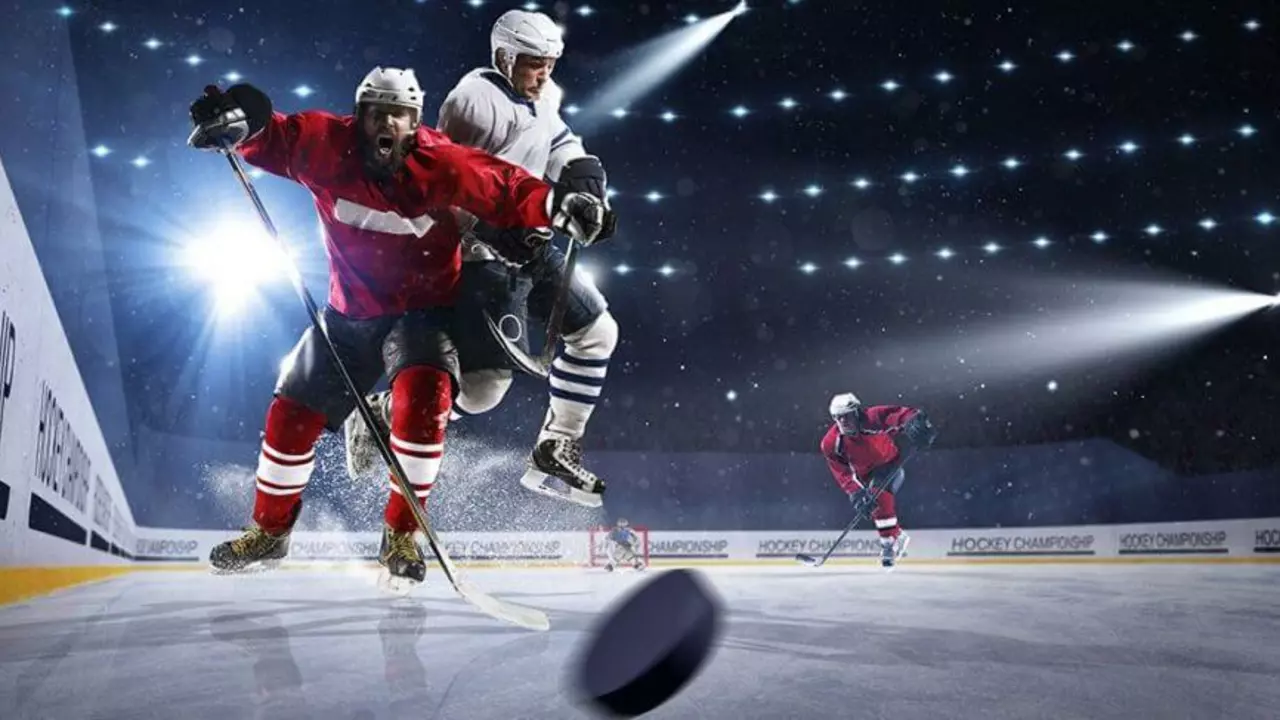Hockey Material Guide – What You Need to Know
Whether you’re lacing up for the first time or re‑equipping your team, the material of your gear matters. The right fabric, wood, or composite can keep you warm, protect you from hits, and help you move faster. Below we break down the most common hockey materials, why they’re used, and how to pick the best one for you.
Uniforms: Fabric that Stands Up to the Ice
Most junior and adult teams use polyester blends for jerseys. Polyester is cheap, dries fast, and holds color well, so the team looks sharp after a hard game. Some clubs add a splash of spandex for stretch, which lets the jersey move with you without tearing. If you’re paying extra, consider a mesh‑backed jersey – the mesh lets sweat escape and keeps you cooler during long shifts.
When it comes to cones and pads, look for moisture‑wicking fabrics. They pull sweat away from the skin, so you stay dry and less likely to get a cold. Many manufacturers now treat the material with antimicrobial coating, which helps prevent odor buildup.
Sticks and Blades: Wood, Fiberglass, and Composite
Traditional wooden sticks are still around for beginners because they’re inexpensive and feel familiar. Modern wood sticks often have a laminate layer that adds a bit of flex without breaking easily. If you want more power, a composite stick is the way to go. Carbon fiber and graphite make a lightweight shaft that stores energy for harder shots.
Blade material also matters. Most blades are made of high‑grade carbon steel, giving a good edge and durability. Some players add a thin coating of titanium for extra stiffness, which helps with quick releases on one‑timers.
When you choose a stick, think about your style. If you take a lot of wrist shots, a softer flex (lower number) might feel smoother. If you’re a hard‑shot sniper, a stiffer blade and a higher flex rating give the snap you need.
And don’t forget the tape. Cloth tape adds grip for handling the puck, while hockey‑specific vinyl tape protects the blade and gives a consistent feel.
Protective Gear: Foam, Plastic, and Kevlar
Helmets, shoulder pads, and shin guards rely on a mix of high‑density foam and hard plastic shells. The foam absorbs impact, while the plastic spreads the force across a larger area. Look for helmets with a multi‑layer EPS liner – it’s lightweight and crushes on impact to keep your head safe.
Some elite-level pads now include Kevlar layers. Kevlar is super strong and light, so you get protection without feeling bulky. If you’re on a budget, stick with the standard ABS plastic shells; they’re still pretty good at deflecting hits.
Gloves combine leather and synthetic fabrics. Leather gives a good feel for the stick, while synthetic inserts add durability where you need it most. Make sure the palm has a textured surface to keep grip even when sweaty.
Finally, always check the expiration dates on your gear. Foam degrades over time, losing its shock‑absorbing ability. Replacing old pads every few seasons can prevent injuries.
Choosing the right material doesn’t have to be complicated. Focus on what feels comfortable, fits your budget, and matches your playing style. With the right fabric, wood, or composite, you’ll stay warmer, safer, and more confident on the ice.

What was the first puck used in an ice hockey game made of?
Well folks, here's a fun little nugget of trivia to drop at your next social gathering. The first puck used in ice hockey wasn't some high-tech, rubberized wonder-disc. No siree, it was a frozen cow dung. That's right, you heard it here first, the game we so dearly love started off with players slapping around a piece of bovine waste! Now that's what I call a 'dirty game', literally and figuratively!
View More